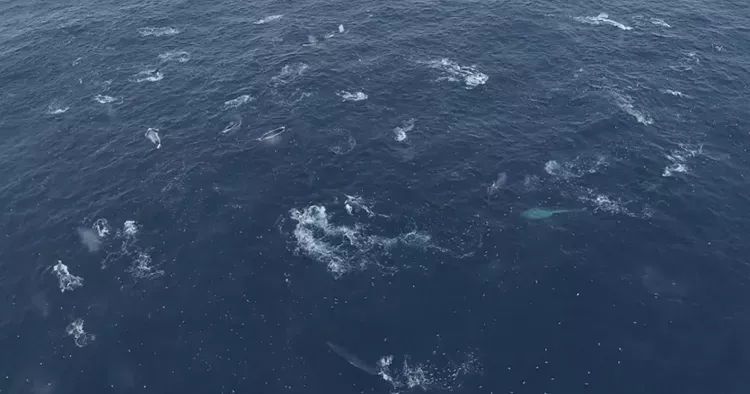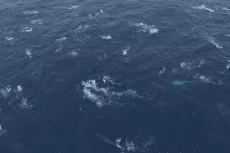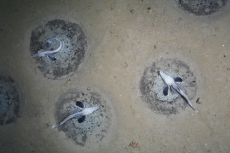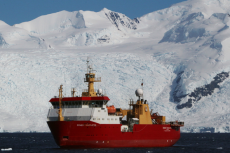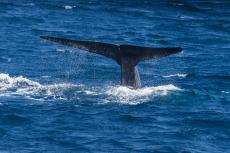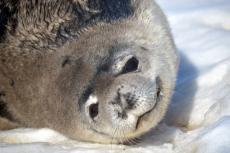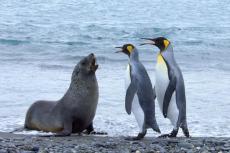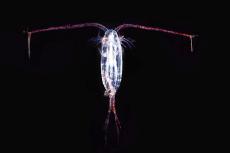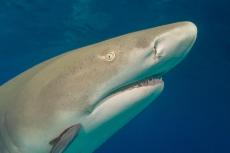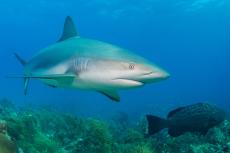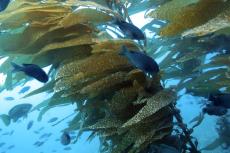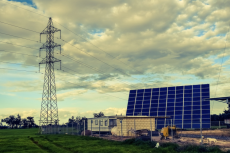
Grupper of finhvaler observeret i Antarktis
Grupper of finhvaler observeret i Antarktis
Scientists have seen fin whales in massive numbers feeding near their ancestral hunting grounds of Elephant Island in the Antarctic.
Fin whales (Balaenoptera physalus quoyi) of the Southern Hemisphere were brought to near extinction by 20th-century industrial whaling. For decades, they had all but disappeared from previously highly frequented feeding grounds in Antarctic waters. Researchers estimate that by the time whaling was banned in the 1970s over 700,000 fin whales had been killed.
New surveys now confirm their return to ancestral feeding grounds, gathering at the Antarctic Peninsula in large aggregations to feed. All aggregations during two expeditions in 2018 and 2019 were recorded at the northern coast of Elephant Island.
A team of scientists led by the University of Hamburg’s Helena Herr spotted over 100 groups of southern fin whales during the two expeditions, the research states. The team has just published the results of an abundance survey and presented the first scientific documentation of large fin whale feeding aggregations at Elephant Island, Antarctica, including the first ever video documentation.
Recovering population
The researchers interpret high densities, re-establishment of historical behaviours and the return to ancestral feeding grounds as signs of a recovering population.
The recovery of fin whales in that area could thus restore ecosystem functions crucial for atmospheric carbon regulation in the world's most important ocean region for the uptake of anthropogenic CO2.

